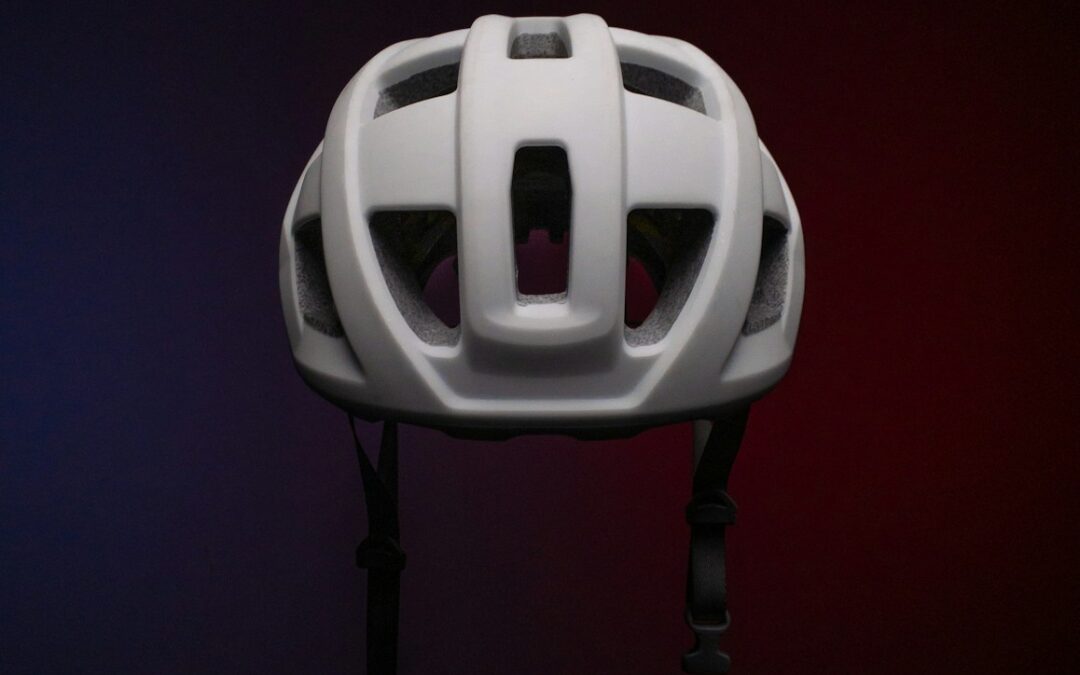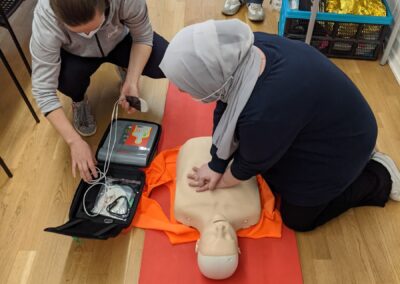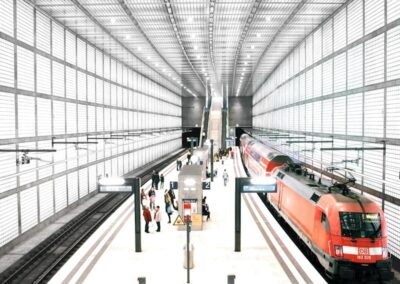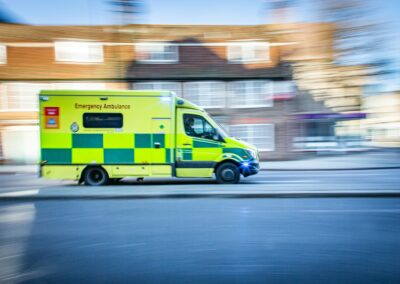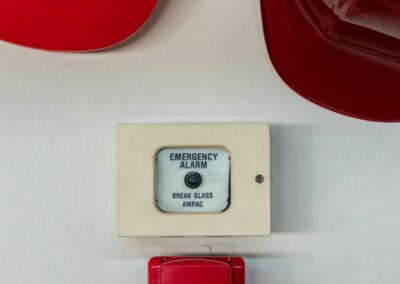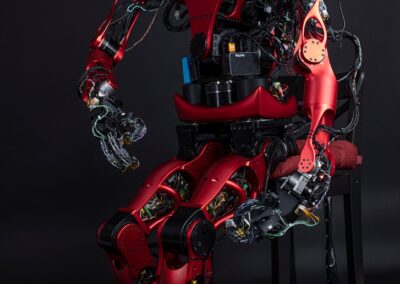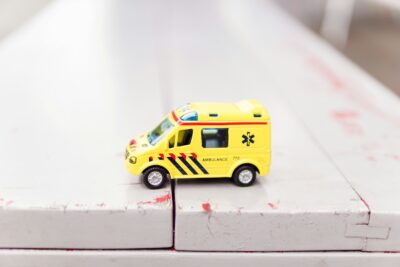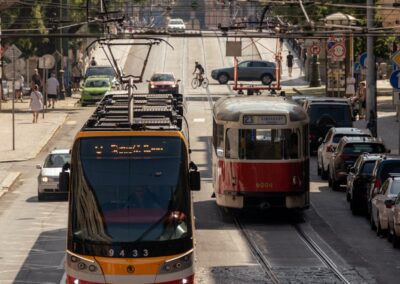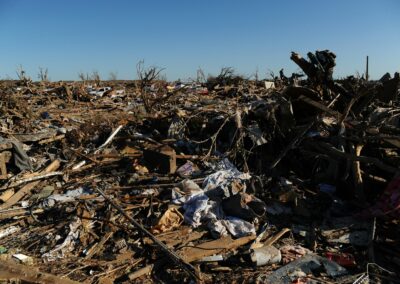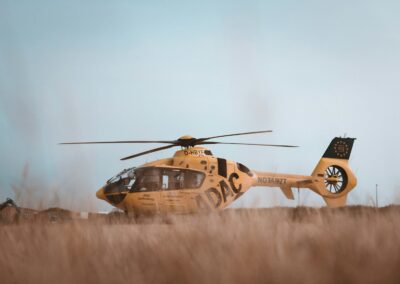How Digital Twins Revolutionize Urban Safety and Emergency Management
The Role of Digital Twins in Urban Safety
The role of digital twins in enhancing public safety and emergency response is becoming increasingly significant in modern urban environments. Digital twins—virtual models of physical entities—are proving to be transformative tools in managing and improving urban safety. By creating accurate digital replicas of cities or specific urban infrastructures, authorities can simulate and analyze various scenarios, which is crucial for effective emergency management and planning.
In cities like Riyadh and Dubai, where rapid urbanization and population growth are prominent, digital twins offer a sophisticated approach to managing public safety. These digital models integrate real-time data from sensors, cameras, and other monitoring tools to provide a comprehensive view of urban conditions. This capability allows city planners and emergency responders to anticipate and address potential safety issues before they escalate into emergencies.
The integration of digital twins into urban safety strategies aligns with broader goals of enhancing city resilience and preparedness. By leveraging these advanced technologies, cities in Saudi Arabia and the UAE can improve their ability to manage risks, optimize emergency response protocols, and ensure a safer environment for residents.
Enhancing Emergency Response with Real-Time Data
One of the most notable benefits of digital twins for emergency response is their ability to provide real-time data and insights during critical situations. When emergencies occur, time is of the essence, and having access to accurate, up-to-date information can make a significant difference in the effectiveness of the response.
Digital twins enable emergency services to visualize and monitor ongoing incidents with a high degree of precision. For instance, in the event of a fire, a digital twin of the affected building can provide real-time updates on the fire’s spread, the status of emergency exits, and the location of individuals inside. This information allows first responders to make informed decisions quickly, coordinate their efforts efficiently, and deploy resources where they are most needed.
In urban areas across the UAE and Saudi Arabia, where large-scale events and dense populations present unique challenges, the ability to utilize digital twins for emergency response can greatly enhance operational effectiveness. By integrating digital twin technology into their emergency management systems, cities can improve response times, reduce the impact of disasters, and ultimately save lives.
Improving Public Safety through Predictive Analysis
Digital twins also play a critical role in predictive analysis for public safety. By simulating various scenarios and analyzing data trends, city planners and safety officials can anticipate potential hazards and implement preventive measures. This proactive approach helps in identifying vulnerabilities and developing strategies to mitigate risks before they become critical.
For example, digital twins can be used to model traffic flow and identify potential congestion points that may lead to accidents or delays in emergency response. By understanding these patterns, city planners can redesign traffic systems, optimize road usage, and implement measures to alleviate congestion. Similarly, digital twins can simulate environmental conditions, such as extreme weather events, to prepare for and manage their impacts effectively.
In the context of rapidly developing urban areas like Riyadh and Dubai, predictive analysis through digital twins contributes to creating smarter, safer cities. This forward-thinking approach supports public safety by addressing potential issues before they arise, ensuring that cities remain resilient and adaptable in the face of evolving challenges.
Conclusion
The role of digital twins in enhancing public safety and emergency response is pivotal in advancing urban safety measures and improving emergency management. By providing real-time data, enabling predictive analysis, and facilitating sophisticated simulations, digital twins empower cities to address safety challenges more effectively and proactively.
As urban areas in Saudi Arabia, the UAE, Riyadh, and Dubai continue to grow and evolve, the integration of digital twins into public safety strategies will be increasingly important. For business executives, city planners, and emergency management professionals, leveraging this technology represents a significant step towards creating safer, more resilient urban environments.
By embracing digital twin technology, cities can enhance their ability to respond to emergencies, anticipate and mitigate risks, and ultimately ensure a higher standard of public safety. As technology advances, the potential for digital twins to revolutionize urban safety continues to expand, offering new opportunities for innovation and improvement in the field of emergency management.
#DigitalTwins #PublicSafety #EmergencyResponse #UrbanSafety #SmartCities #SaudiArabia #UAE #Riyadh #Dubai #AIinEmergencyManagement #TechnologyInPublicSafety #BusinessSuccess #LeadershipSkills #ProjectManagement

